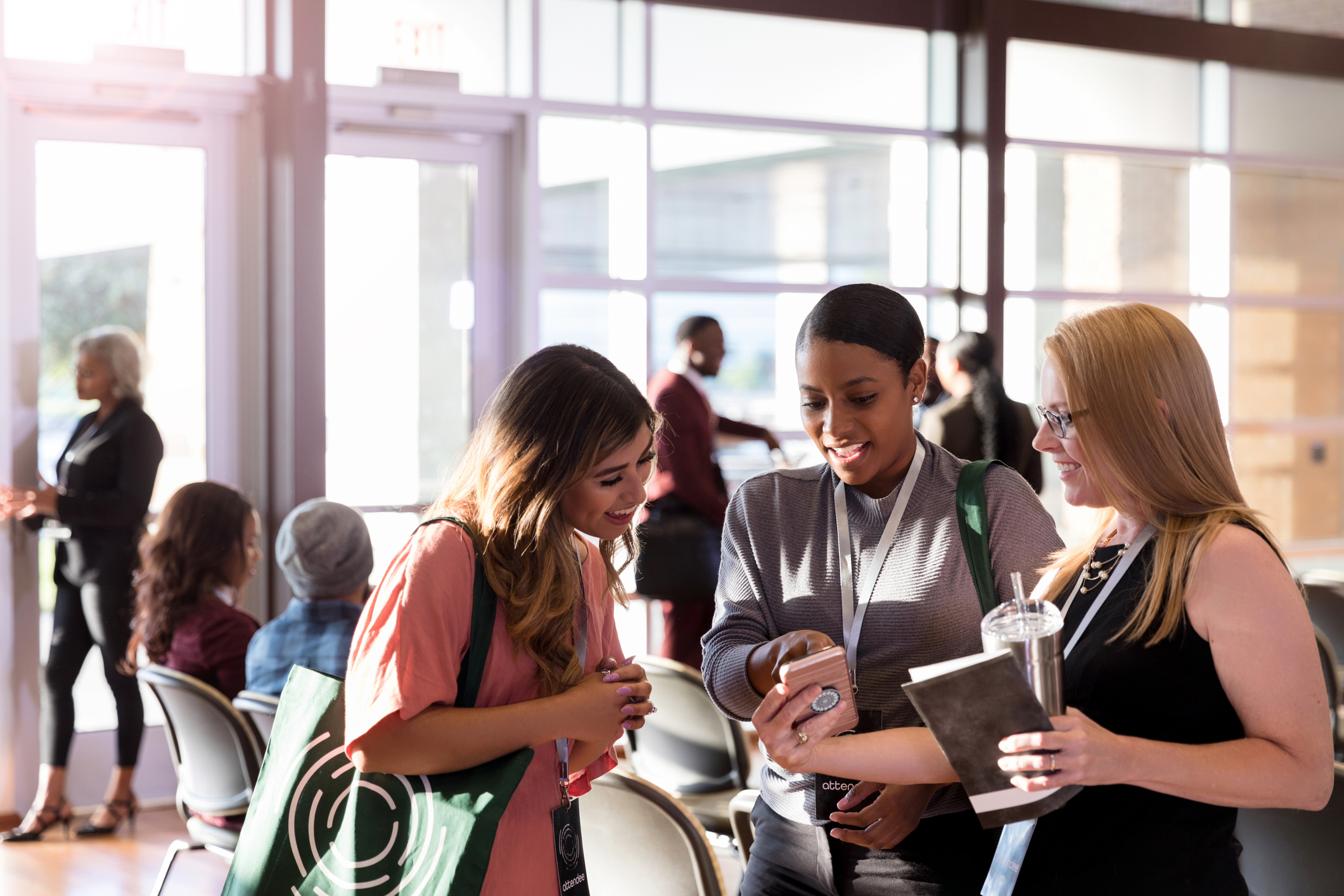
Empathy in Event UX Design
I'm writing this on my flight home from PCMA. My biggest takeaway is that empathy seems to be the word of the year.
I expected to hear it referenced in the event design sessions. Empathy is a foundational component of good design and is top of mind for every event planner. But I heard it on the main stage and in other sessions as well.
In live event design, empathy is the practice of centering your conference and trade show around the needs of your audience.
Empathetic design starts by walking in their shoes, but it's more than just that. It's really looking and understanding their needs so you can anticipate them, deliver them, and surprise and delight them by giving them things they didn't even know they needed.
Understanding the User Experience at Events
To do this you have to pay attention more deeply. I like to stand in places and just observe, to get a feel for how a group moves. I stand in the back of the meeting room, the side of the lunchroom, across from the registration desk and just watch. I look at how people are figuring out where to go, what their next step is. It helps me quickly identify areas of friction.
- Do attendees hesitate before approaching the registration desk?
- Do attendees look around confused after they step away?
- How do attendees enter the general session room?
- How do attendees exit the general session room?
- Do attendees step confidently in the direction they want to go, or do they pull out their programs to decide what is next?
Persona Empathy Mapping
All of the little behaviors tell you so much more than a satisfaction survey or an event NPS score. Listening, watching and taking part in an empathy mapping exercise allows you to anticipate their needs and present an event and trade show design that empowers the attendee.
Journey Mapping
A journey map is a great tool to give your attendees to make their path easy at the event. We like to create them for different personas and let people self-select the persona that best represents them. The thinker is guided toward the technical sessions. The networker is recommended to go to collaborative sessions and the happy hour. The inventor has the most cutting-edge conference sessions on their agenda. The experimenter gets a flavor of everything.
Journey mapping is a simple way to make your event attendees work a little less hard, and enjoy their experience a lot more.
Explore Our Latest Insights
Stay updated with our latest blog posts and trends.

360 Live Media's 2026 Ins and Outs
As associations plan their 2026 marketing and events strategies, we took a look at what’s trending and what’s tired for association marketing and events.
.jpg)
Start Previewing Your 2027 Event in 2026
Plan smarter, not later. Learn how previewing your 2027 association event in 2026 builds strategy, sponsorship value, marketing momentum, and alignment.

360 Live Media By The Numbers
An introduction to the agency that gives you more through the key metrics that define our impact.
